We combine science, technology, and innovation to help farmers detect and prevent diseases before they impact yields.
Disease biology & management

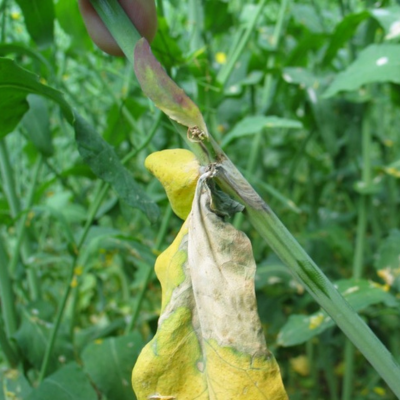
Sclerotinia stem rot in oilseed rape
Once the disease takes hold of a crop, yields can be absolutely devastated. In some advanced cases of the infection, yield loss can be up to 60%.
Determining fungicide control for sclerotinia is tricky due to its sporadic nature. Key factors to consider include: past infection levels, rainfall/humidity 10–14 days before and during flowering, plant density, crop rotation, and upcoming weather conditions.
Late blight in potatoes
In recent years, potato late blight has become more agressive and harder to control through the evolution of strains which produce ever greater spore numbers and cycle faster, as well as evolving mutations which confer resistance to some fungicide modes of action. It is for this reason that advice to alternate modes of action and maintain spray intervals as well as mixing active ingredients at each application are now strongly advised.
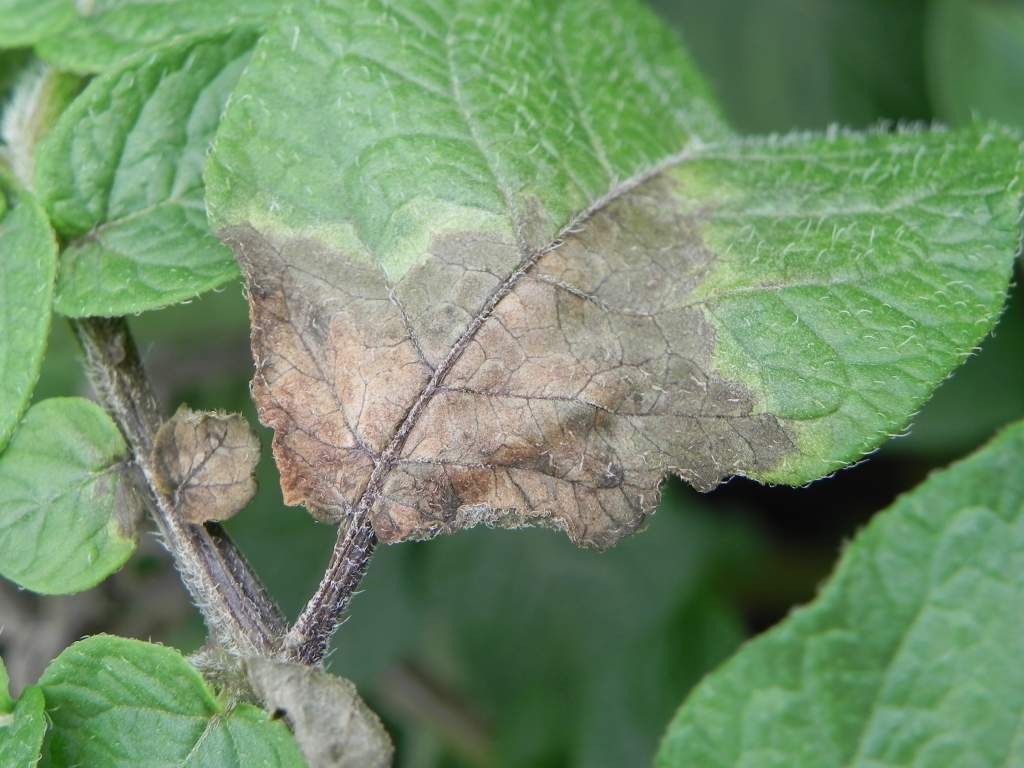
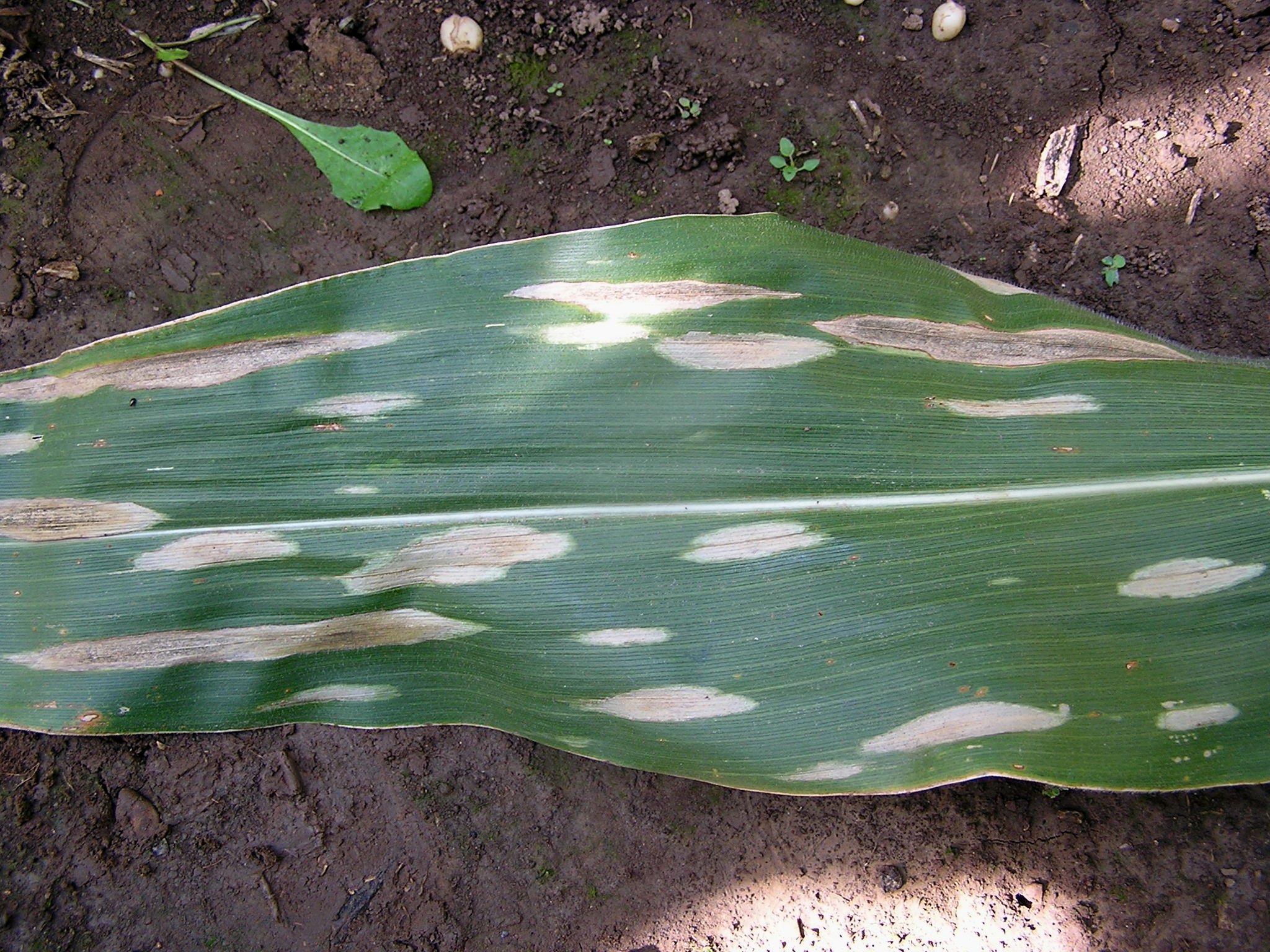
Northern leaf blight
Yield loss from northern leaf blight can be significant, resulting in a loss of as much as 30% to 50%. If lesions appear on the ear leaf 2 weeks before, or 2 weeks after tasseling and conditions are favourable for disease development, this will see the greatest yield loss. The best strategy to reduce yield loss from northern leaf blight is by using multiple management methods.
Common rust
Common rust is a problem for plants in the UK because it thrives in mild, moist conditions, leading to increased infections, leaf discolouration, reduced growth, and potential plant death if left untreated.
Yield loss from common rust can be slight, only affecting crops up to 10% when the disease is severe however, rust spores are easily spread by wind causing rapid outbreaks.
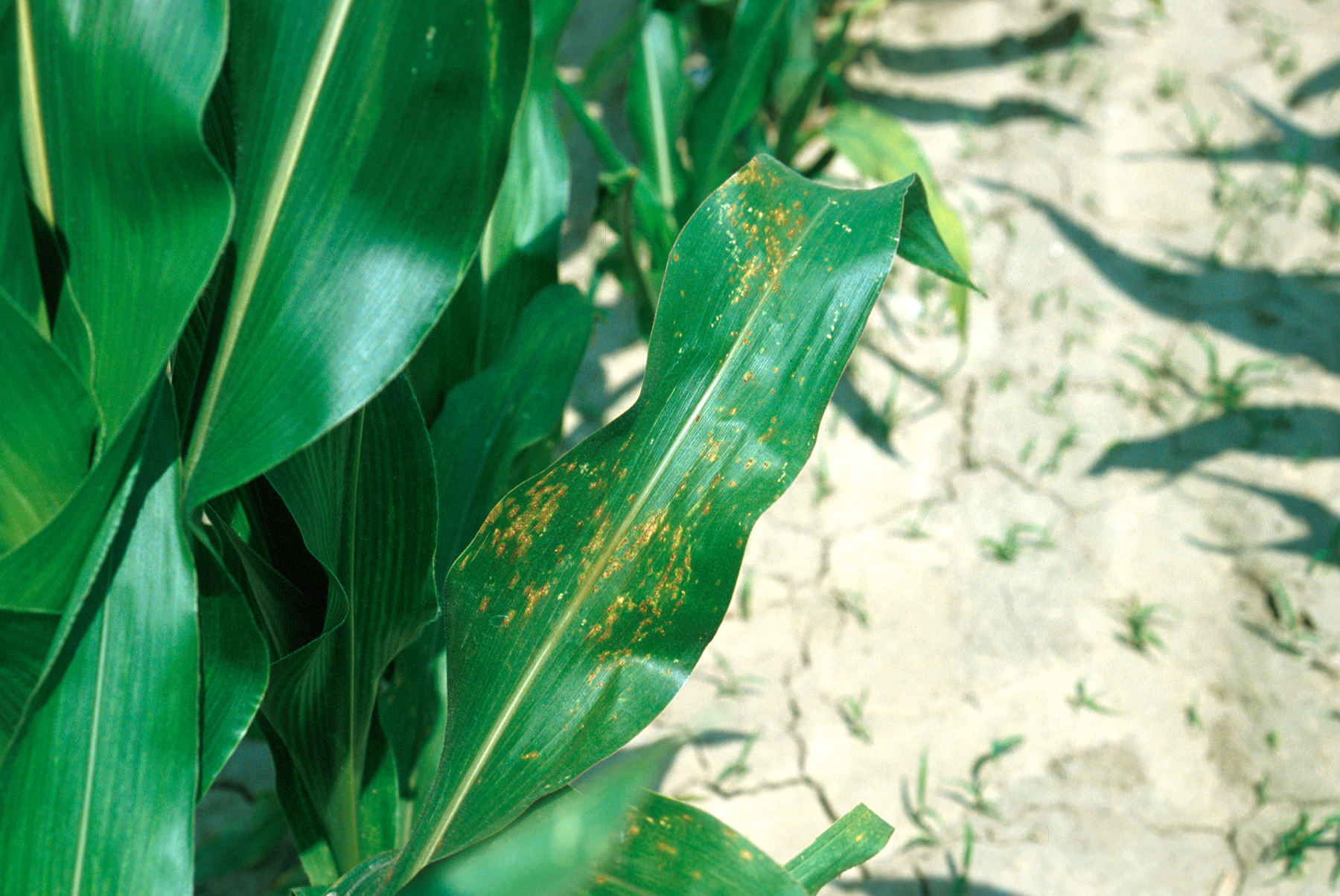
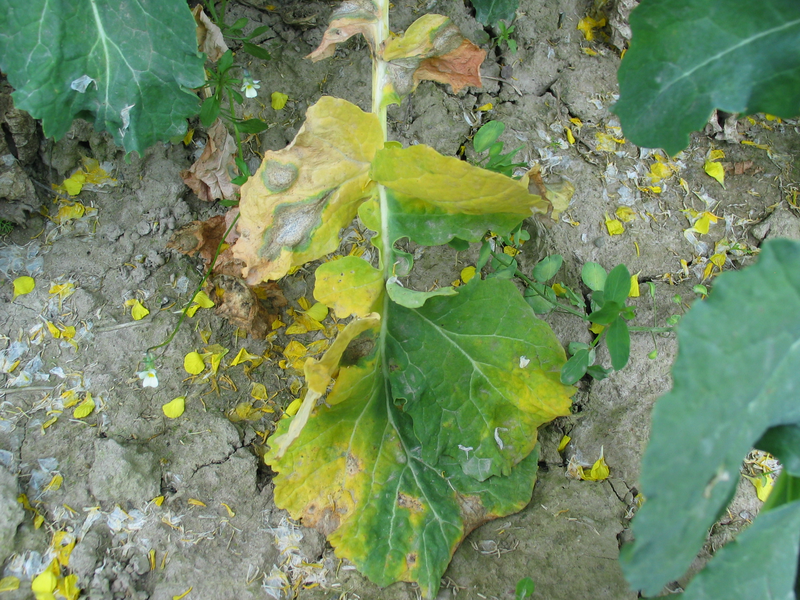
Phoma
Phoma stem canker is one of the most important diseases to be aware of when cultivating oilseed rape in the UK, particularly in areas in the southern half of the country.
Phoma epidemics on small, developing plants are associated with huge yield losses - with typical reductions of around 0.5 t/ha in the most susceptible varieties.
Clubroot
Clubroot or Plasmodiophora brassicae is a serious soil-borne disease that affects brassica crops, being especially damaging in oilseed rape crops, where early infection can result in widespread crop failure.
The disease causes characteristic swollen galls on the roots, which restrict water and nutrient uptake. This weakens the plant, reduces vigour, and ultimately results in stunted growth, wilting, and significant yield losses.
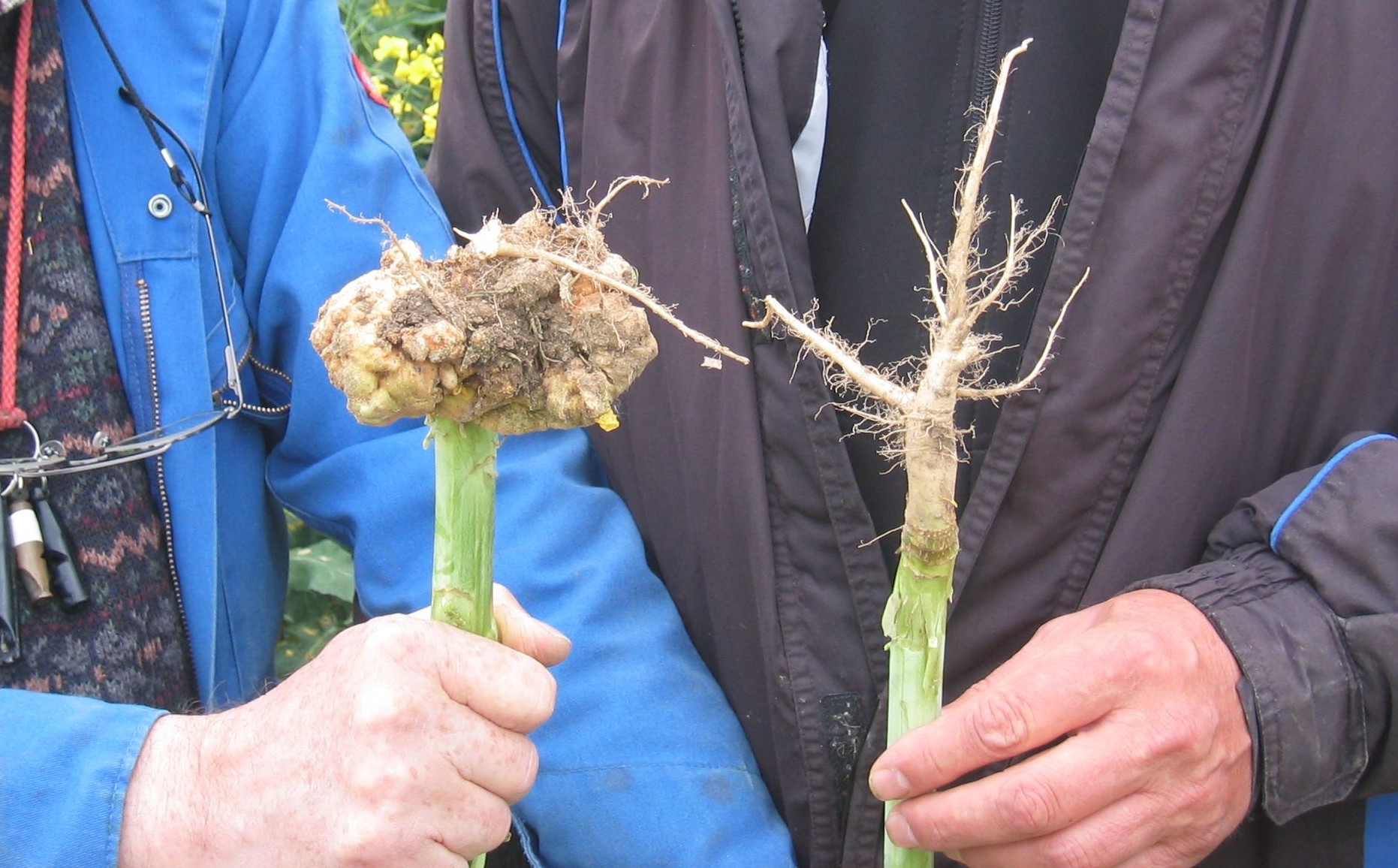

Common weeds problems in crops
Weeds can often compete with crop plants for nutrients and resources and/or harbour and spread pests or diseases which infect or degrade the quality of crops.
Weed management strategies